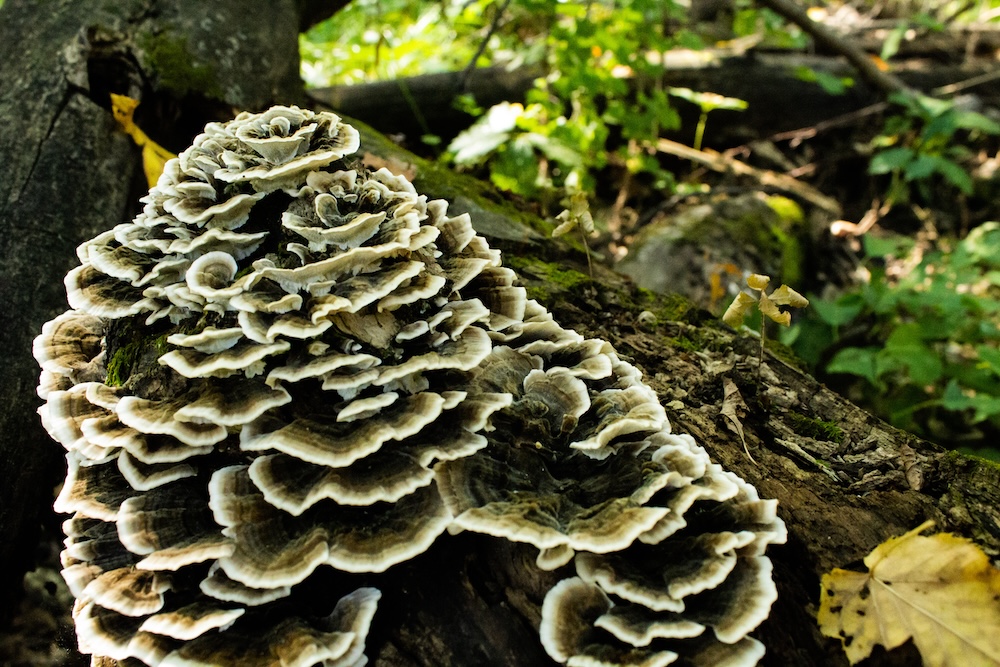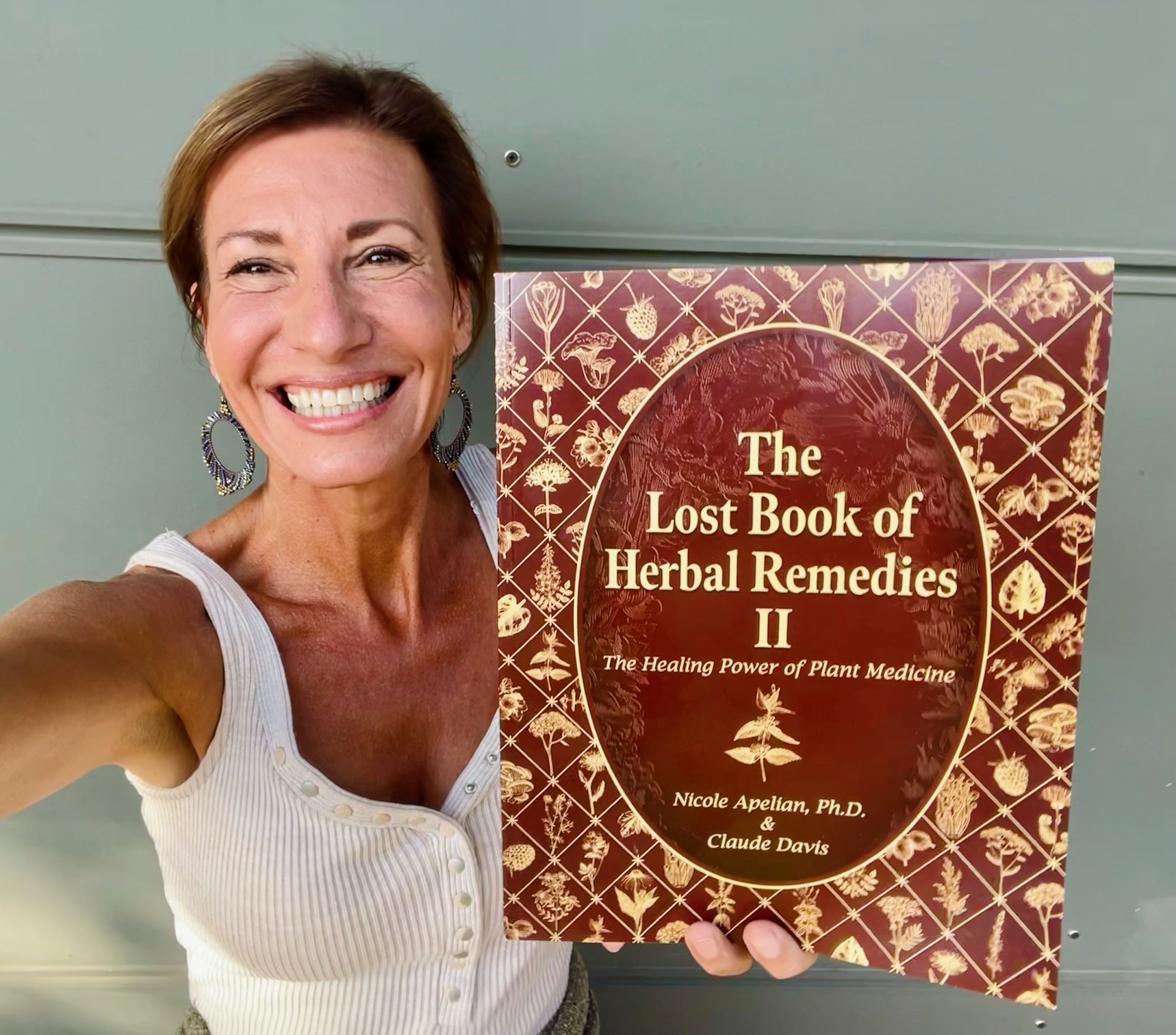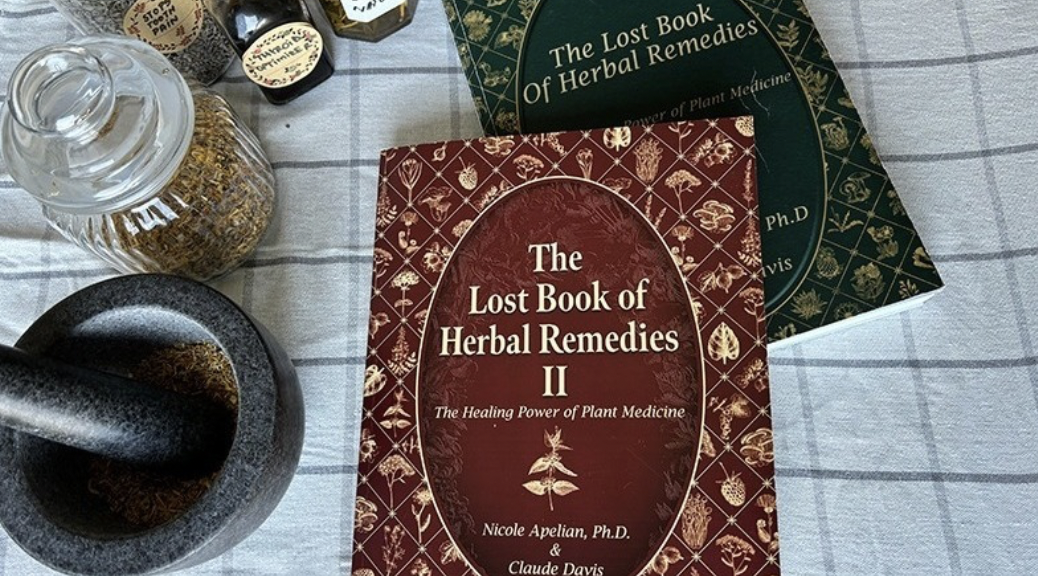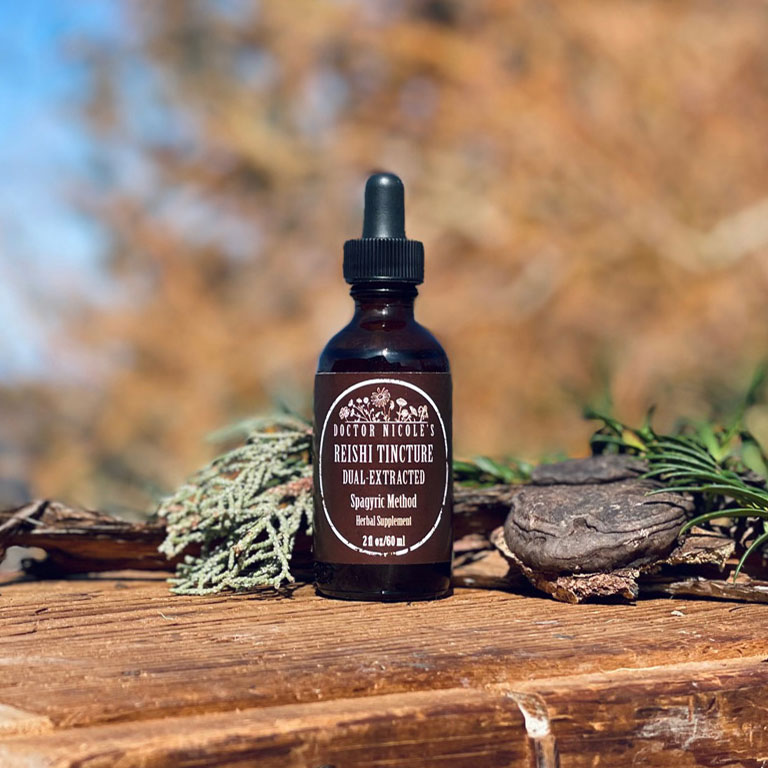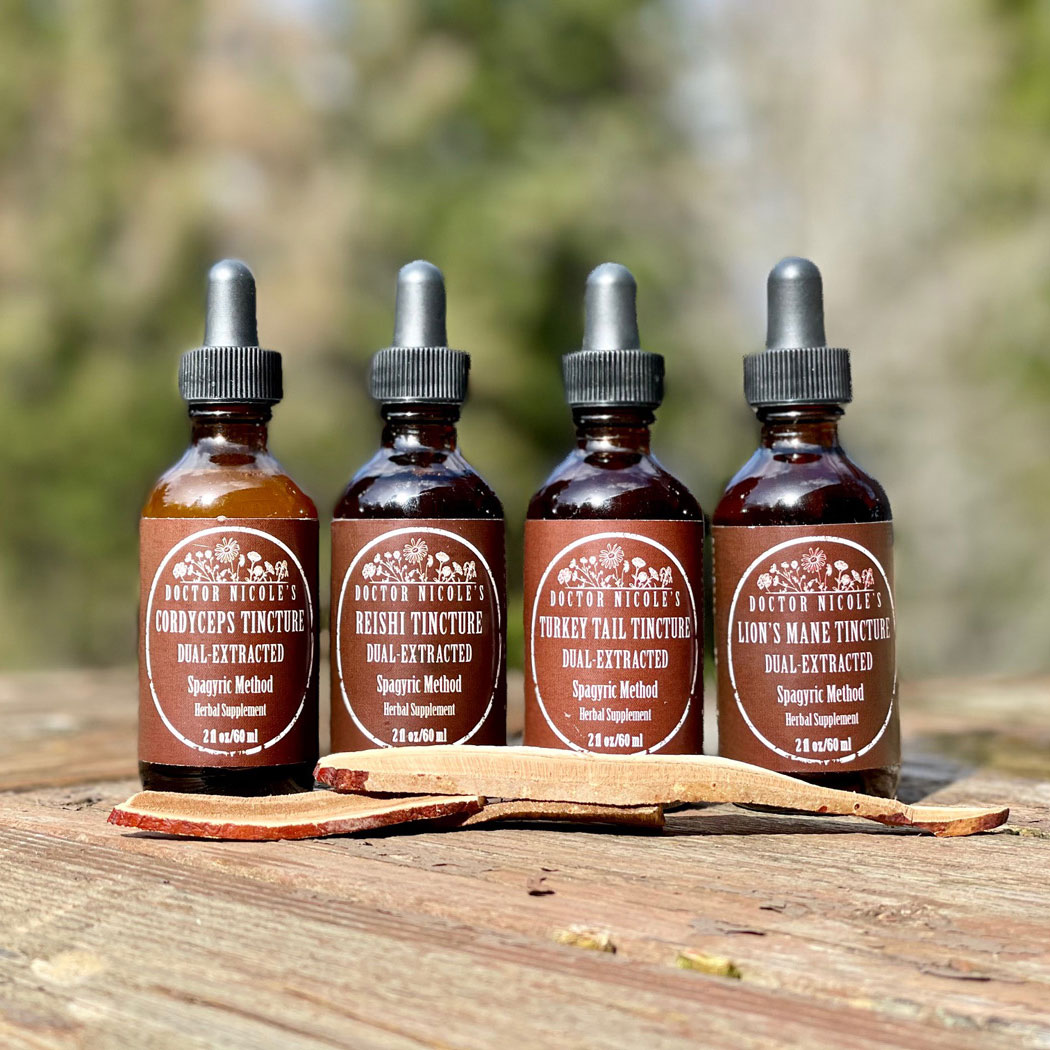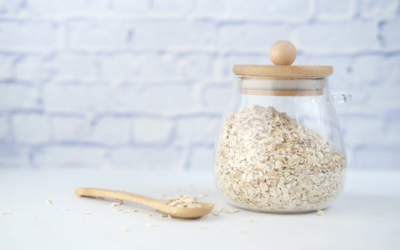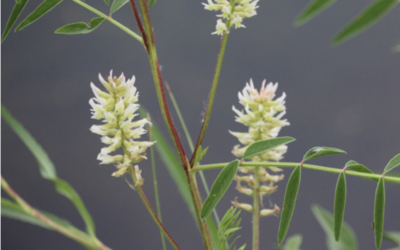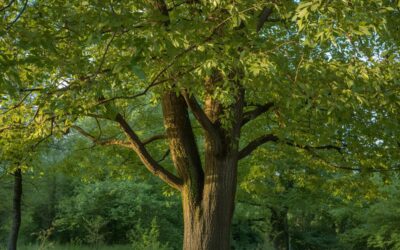Maitake: A Delicious Immune Booster and Adaptogen Rolled Into One
There is a good chance you have come across maitake mushrooms while hiking through the woods, foraging, or in your backyard. This striking, fluted mushroom is difficult to miss as it grows in large clumps at the base of maple, oak, and other hardwood trees. You may have even seen this mushroom sold in your local grocery store. A popular culinary and medicinal mushroom, wild maitake grows throughout North America, Europe, China, and Japan. Beyond enjoying maitake in a variety of recipes, you can also utilize this mushroom for its powerful immune boosting properties and as an adaptogen.
Basic Identification
Often called “hen-of-the-woods” and “sheepshead” — maitake is not to be confused with “chicken-of-the-woods” mushroom, which is a completely different species. Maitake grows in clusters where the fruiting body ranges in size from 40-60 inches in diameter. The caps are spoon-shaped and grayish-brown in color. The undersides are generally a creamy white color.
Where Does It Grow? Found throughout North America, Europe, and Asia, maitake emerges in the autumn and typically grows at the base of hardwoods, such as oaks and maples. Its spore print is white.
Harvesting
Cut the fruiting body at the base with a sharp knife once you have confirmed the correct species. Do not harvest old, slimy, or bug-eaten mushrooms. Maitake attracts a lot of insects, so make sure to chop the mushrooms, wash well, and soak in salt water overnight before use.
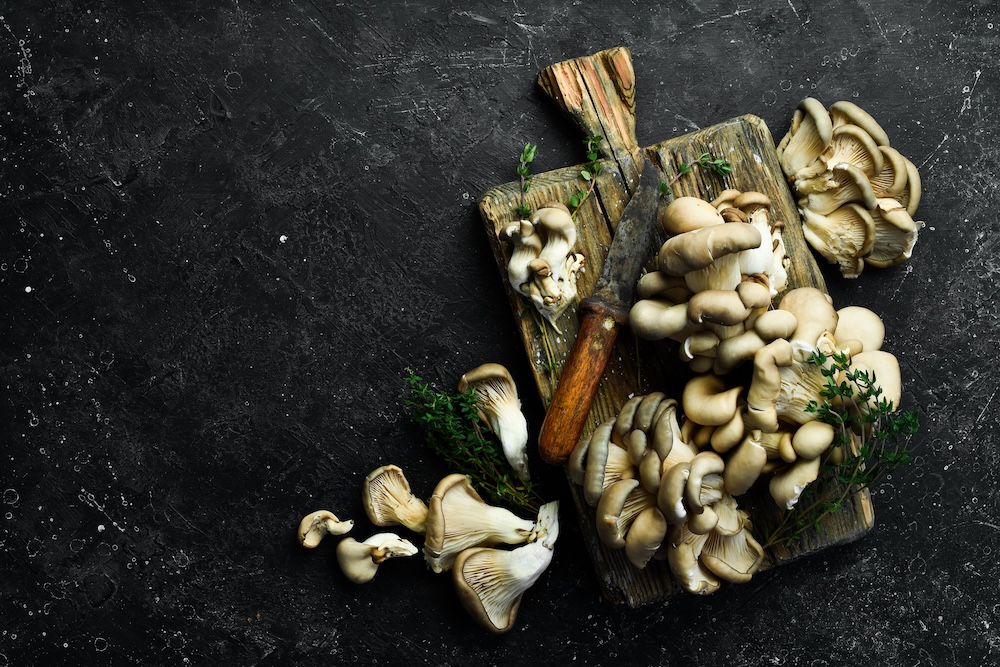
Edible Uses
Maitake has a delicious flavor and is a nice addition to culinary recipes. Wash and soak the mushroom to remove any bugs or debris before consuming, as noted above.
Recipe. Maitake Dual-Extraction Tincture. You will need enough mushroom to split into two equal groups as one part will be tinctured in alcohol and the other simmered in water. Place one group in a glass jar and cover completely with 80-100 proof alcohol. Cap and let infuse for six to eight weeks, shaking daily. When ready, strain using cheesecloth, gathering the cloth at the top and squeezing the bundle to extract all the liquid. Measure the tincture. This will be the amount of water you will want to use for the next step.
Next, simmer the second group of maitake and the water, uncovered, in a pot on the stove over low heat. Allow the liquid to reduce by half. Let cool, then strain using cheesecloth and combine the strained liquid with the alcohol tincture. The ratio of alcohol tincture to water decoction is 3:1.
Recommended dosage: Take one to two droppers full up to twice a day for adaptogenic benefits. Take one to two droppers full up to three times daily at the first sign of illness for immune support.
Medicinal Uses
Maitake mushroom helps the body adapt to stress in a healthy way and is known to boost immunity — including fighting cancerous tumors.
Here are my top 3 uses for maitake:
Powerful adaptogen. This mushroom belongs to a class of medicinal plants that help to protect the body from the negative impacts of stress. Best taken as a dual-extracted tincture daily to reap the full spectrum of benefits.
Supports the immune system. Due to the vitamins D and C found in the mushroom, along with a range of antioxidants, maitake helps to boost the immune system.2 If you feel as though you are coming down with a bug, start taking maitake at the first sign of illness to support immunity and recovery.
Antitumor activity. Research has shown that maitake may protect against tumors. The mushroom contains a range of polysaccharides that are known antitumor agents.1
Looking for dual-extracted mushrooms with similar medicinal properties? Check out our Reishi tincture here and our Mushroom FOURTress here.
Unlocking the Secrets of Herbal Medicine
Learn more about maitake and over a hundred additional medicinal plants in The Lost Book of Herbal Remedies: Volume II. This highly anticipated sequel introduces 139 new healing plants, along with detailed identification information and uses. Many of these plants are found abundantly across the USA — and chances are you have dozens growing nearby.
This second volume complements the The Lost Book of Herbal Remedies (volume I), featuring entirely new plants and remedies that are unique and distinct from the first book. Get ready to expand your herbal toolkit today with both volumes of The Lost Book of Herbal Remedies. Tap here to learn more!
Safety
Do not take more than the recommended dosage of the tincture. Do not use it if you have a known allergy to mushrooms. I always advise working with a knowledgeable expert before harvesting wild mushrooms when starting out to ensure correct identification.
Nicole Apelian
Nicole’s Apothecary Products in this Post
References
- Roldan-Deamicis, A., Alonso, E., Brie, B., Braico, D. A., & Balogh, G. A. (2016). Maitake Pro4X has anti-cancer activity and prevents oncogenesis in BALBc mice. Cancer medicine, 5(9), 2427–2441. https://doi.org/10.1002/cam4.744
- Aguilera-Braico, D. M., & Balogh, G. A. (2022). CD3Ɛ immune restorative ability induced by Maitake Pro4x in immunosupressed BALBc mice. BMC research notes, 15(1), 307. https://doi.org/10.1186/s13104-022-06201-1

